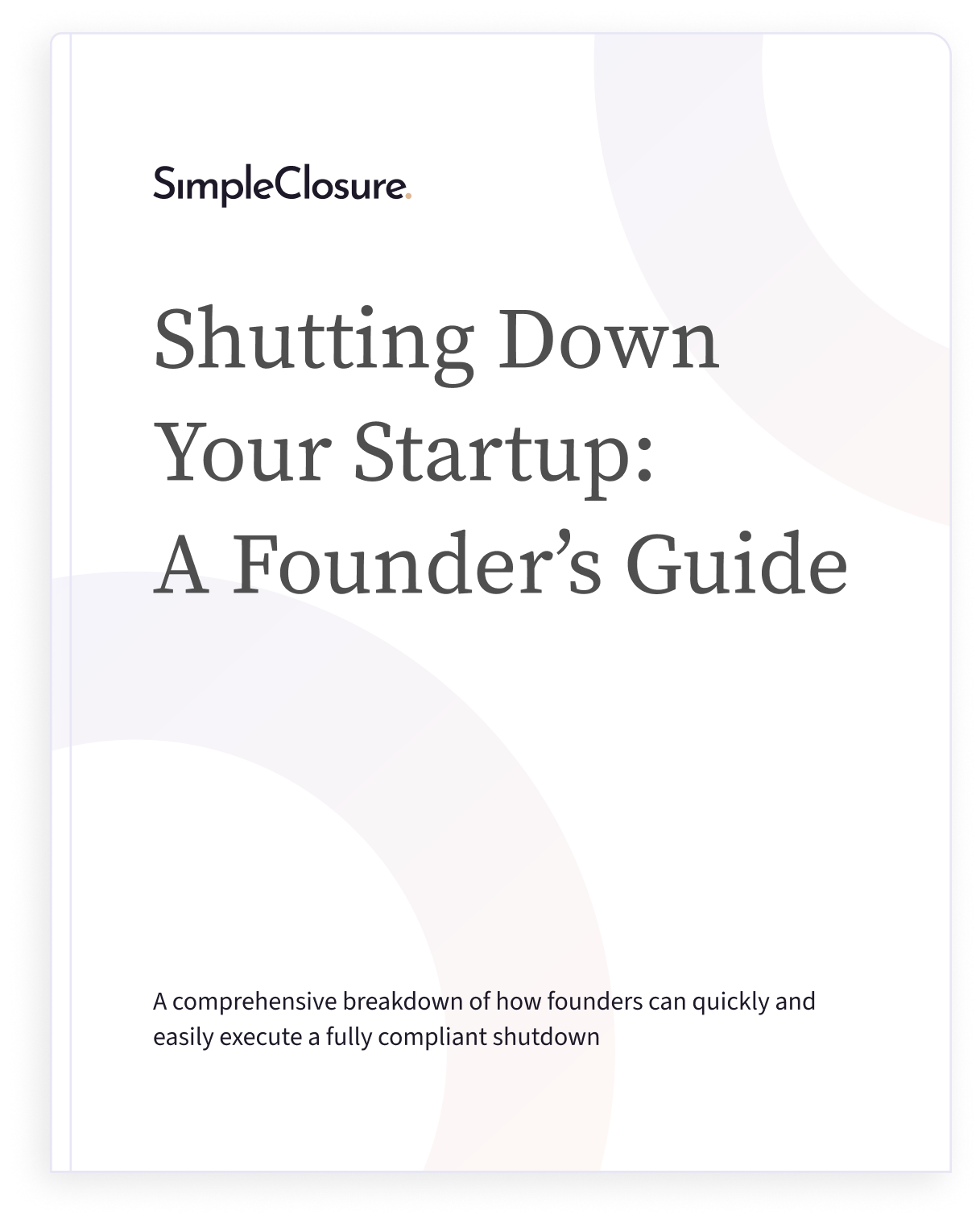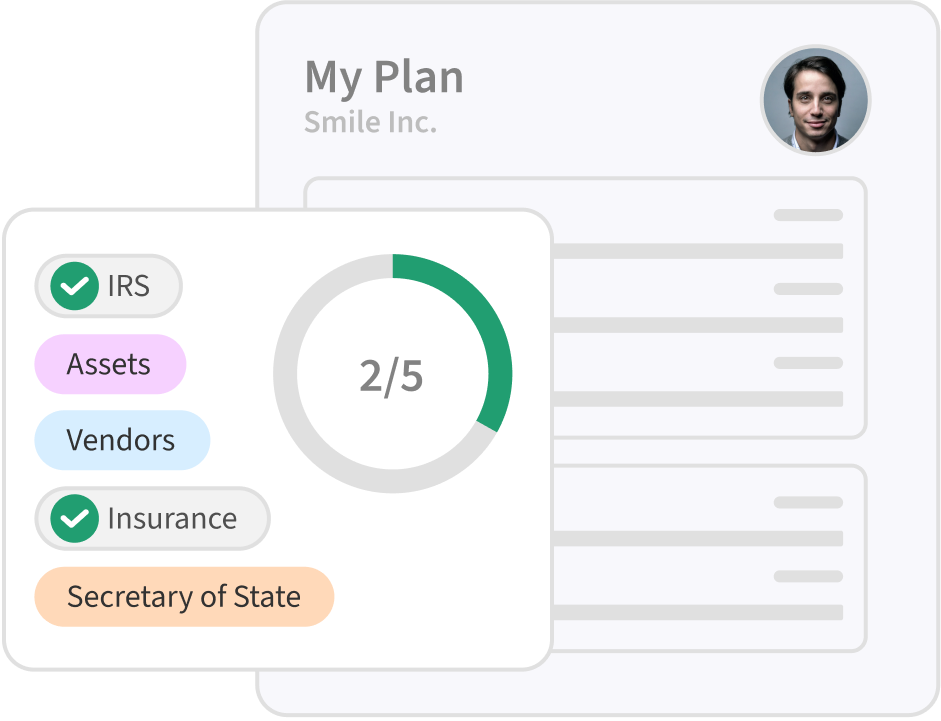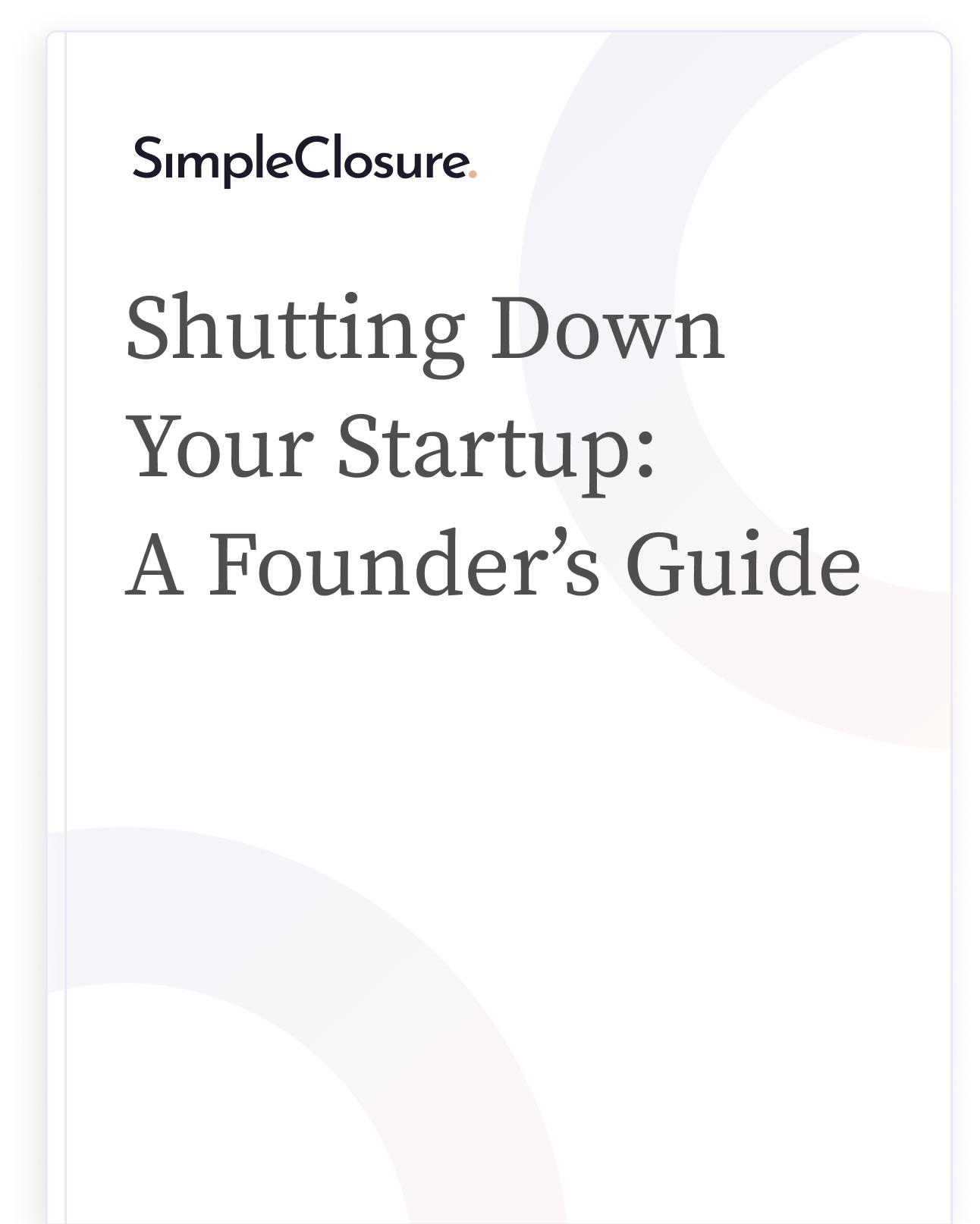Ever wondered why some products gain mass acceptance whereas others sink into obscurity? The secret is usually summed up in two words: product-market fit.
According to research conducted by CB Insights, 42% of startups fail because of poor product-market fit – that’s almost half of all startups.
But achieving it is no small feat – it requires insight, iteration, and a bit of luck. In this blog, you’ll learn what product-market fit means, why it’s important, some of its signs, and finally, how a startup can perfect it.
The Definition of Product-Market Fit
Product-market fit occurs when a product satisfies a strong market demand. The company manages this by developing features that target customers' desires in a market large enough to support business growth.
Why Is Product-Market Fit Important?
Product-market fit is the foundation of a startup's success and growth. When a product meets the market's needs, it leads to higher customer satisfaction, repeat business, and positive word-of-mouth, all powerful factors driving sales and growth.
Irrespective of how well the company manages its operations, runs its marketing campaigns, or promotes a positive work environment, it’s doomed to fail without a product that resonates with its target audience.
How to Recognize Signs of Poor Product-Market Fit
Spotting the warning signs early on can save your startup from heading down a dangerous path. Here's what to keep an eye out for:
Low user engagement: If users are quickly losing interest, it’s a clear sign that your product lacks essential features or is unable to provide value. For example, a simple project management tool can handle small, one-time projects but lacks the features or scalability for ongoing, larger projects. This may lead to a rapid usage decline.
It’s difficult to bring in new customers: Another sign that the market doesn't see the value in your product is that there is a highly disproportionate amount of new customers despite increased marketing spend, indicating a mismatch between what you're offering and what your customers want.
Negative feedback: Pay close attention to what users are saying. If the reviews indicate dissatisfaction, then it's time to rethink your product's alignment with the market.
Lack of the "must-have" factor: A popular and insightful saying about product-market fit states that if you take the product away from the customer, they should scream. It's a sign that they love the product and value it enough to feel its absence. If customers are indifferent to your product missing, it's a clear indication that further refinement is needed.
The Consequences of Ignoring These Signs
Turning a blind eye to these warning signs can have serious fallout for your startup:
Dwindling cash reserves: Ignoring these signs causes startups to burn through cash quickly. Without good product-market fit, you won’t be able to sustain your marketing and operational spending in the long run.
Inability to attract investment: Investors love a sure thing. If there's clear evidence your product isn't resonating with the market, securing further funding becomes harder as time goes on.
Business failure: Ultimately, not addressing poor product-market fit will inevitably result in startup failure. It's a tough pill to swallow, but realigning your product with market needs is a prerequisite to avoid this fate.
Successfully identifying and rectifying these signs saves you from the consequences of bad product-market fit. It's all about staying alert, listening to your users, and making the necessary adjustments to ensure your product and market are in perfect harmony.
How Can Startups Achieve Product-Market Fit?
Conduct Thorough Market Research
Start by understanding your target audience’s needs, preferences, and pain points. You can analyze current market trends, competitor offerings, and directly engage with potential customers through surveys or interviews. The insights you’ll gain will help you tailor your product to better satisfy customers.
Practical Example:
Imagine a startup aiming to launch a new meal kit service. Before developing their product, they conduct online surveys and in-depth interviews with professionals to understand their eating habits, preferences, and pain points with existing meal services.
They discover a significant demand for healthy, quick-to-prepare meals that cater to dietary restrictions. This insight guides them in designing their meal kits to meet these specific needs, differentiating their product in a crowded market.
Develop a Minimum Viable Product (MVP)
An MVP, or Minimum Viable Product, refers to the simplest version of your product that still solves the main problem for your customers. It's like the first draft – enough to show its potential without all the final touches. The idea here is to start lean, with just the essentials, so you can get into the real world faster and learn from real users.
Practical Example:
A startup wants to create a personal finance app aimed at millennials. They developed an MVP that includes basic features like expense tracking, budgeting, and savings goals.
By launching this MVP and monitoring user interaction, they gather valuable feedback that indicates a high demand for investment advice and an automated savings feature. The startup quickly focuses on integrating these features to meet its target audience's needs better.
Leverage User Feedback
Continuously collect and analyze user feedback through channels like social media, customer support interactions, and usability testing. Then, use the feedback to make the required product adjustments and improvements.
Practical Example:
An online education platform introduces a new feature that allows its users to customize their learning experience. They then request feedback through in-app prompts and email surveys. What they find out is that the users desire more interactive content like quizzes and hands-on projects.
The startup uses this feedback to prioritize the development of interactive elements, significantly increasing user engagement and satisfaction.
Focus on Value Proposition Clarity
Clearly communicate your product's unique value proposition by ensuring that your marketing messages highlight the specific benefits your product offers and how it differentiates from your competitors. A strong value proposition can significantly improve product-market fit by attracting and retaining the right customers.
Practical Example:
A new fitness app differentiates itself by focusing on mental health as well as physical fitness. They clarify this unique value proposition by highlighting features like mindfulness exercises, stress-reducing workouts, and mental health tracking in their marketing materials.
By clearly communicating how their product meets the specific needs of individuals looking for a holistic approach to health, they attract a dedicated user base seeking exactly what they offer.
Get your free founder's guide to shutting down

A comprehensive breakdown of how founders can quickly and easily execute a fully compliant shutdown
Conclusion
Achieving product-market fit is crucial for the survival and growth of any startup. It's about creating a product that meets a strong market demand and resonates deeply with your target audience. Remember, the journey to product-market fit involves continuous learning, adapting, and iterating based on user feedback and market research.
While not every startup will find its perfect fit, understanding the importance of this concept and actively working towards it can significantly increase your chances of success. And for those who face the tough decision of closing down, know that it's not the end but a stepping stone to your next big idea. With SimpleClosure, the process can be straightforward and less daunting, allowing you to transition smoothly to your future success.
Keep striving for that perfect alignment between your product and the market, and when necessary, embrace change with resilience and optimism.


